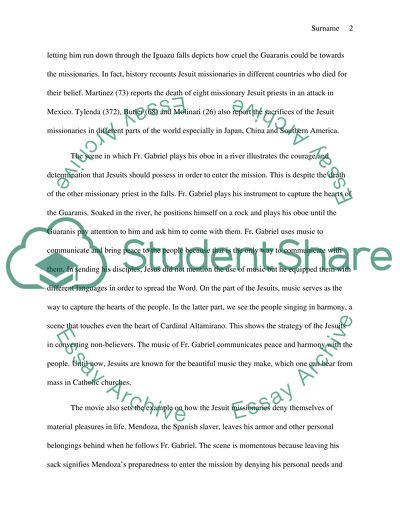Cite this document
(“Movie report Essay Example | Topics and Well Written Essays - 1500 words”, n.d.)
Movie report Essay Example | Topics and Well Written Essays - 1500 words. Retrieved from https://studentshare.org/religion-and-theology/1472060-movie-report
Movie report Essay Example | Topics and Well Written Essays - 1500 words. Retrieved from https://studentshare.org/religion-and-theology/1472060-movie-report
(Movie Report Essay Example | Topics and Well Written Essays - 1500 Words)
Movie Report Essay Example | Topics and Well Written Essays - 1500 Words. https://studentshare.org/religion-and-theology/1472060-movie-report.
Movie Report Essay Example | Topics and Well Written Essays - 1500 Words. https://studentshare.org/religion-and-theology/1472060-movie-report.
“Movie Report Essay Example | Topics and Well Written Essays - 1500 Words”, n.d. https://studentshare.org/religion-and-theology/1472060-movie-report.


